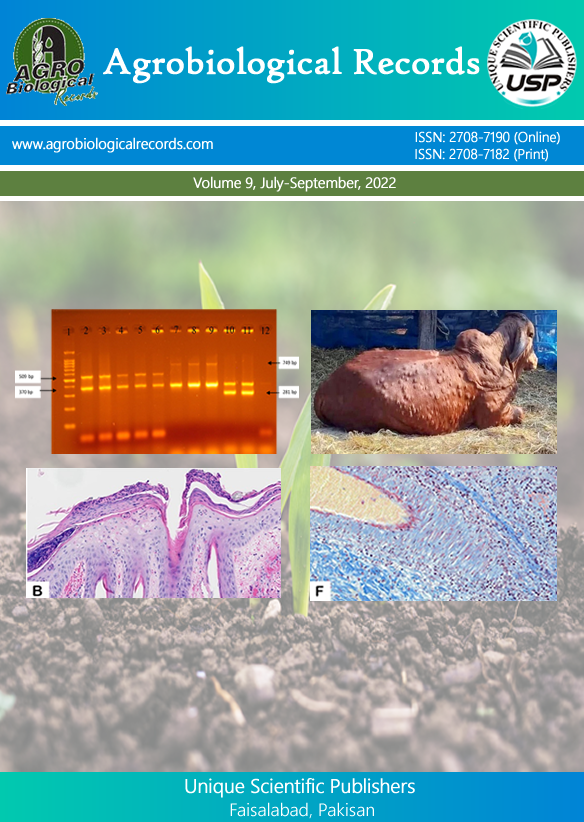
Mehwish1,2, Uzair Ahmad3*, Mehak Manzoor4, Kinza Aleem4, Faiqa Shafi4, Fatima Shamoon4, Arzoo Rani4, and Rohail4*
1Department of Biochemistry, Faculty of Life Sciences, Government College University, Faisalabad, Pakistan 2Lyallpur Institute of Management and Sciences, Faisalabad, Pakistan 3Department of Chemistry, University of Engineering and Technology Lahore, Lahore Pakistan 2Department of Zoology, Riphah International University, Faisalabad Campus, Pakistan
*Corresponding author: uzairahmedmalik@gmail.com; ghaurirohail2@gmail.com
Microalgae have gained significant attention in the food industry as a valuable source of bioactive compounds and functional ingredients. Their incorporation in dairy products offers promising opportunities for the development of innovative and healthier dairy products. This review highlights the potential benefits and applications of microalgal biomass and its derivatives in various dairy products, including milk, yogurt, cheese, ice cream, and other dairy-based products. The addition of microalgal biomass to dairy products can enhance their nutritional profile by providing essential nutrients such as proteins, omega-3 fatty acids, vitamins, minerals, and antioxidants. Microalgae are known for their high protein content, and their inclusion in dairy products can contribute to increased protein levels, making them a suitable option for protein enrichment in dairy-based formulations. Moreover, microalgae-derived omega-3 fatty acids, such as docosahexaenoic acid (DHA) and eicosapentaenoic acid (EPA), offer potential health benefits, including cardiovascular and cognitive health. Furthermore, microalgae exhibit functional properties that can improve the texture, rheology, and stability of dairy products. The polysaccharides and proteins present in microalgae contribute to emulsification, foaming, and gelling properties, which are essential in product formulation and processing. Microalgae pigments can also provide natural colorants, reducing the need for artificial additives in dairy products. In addition to the nutritional and functional aspects, microalgae possess bioactive compounds with potential health-promoting properties. These include antioxidants, antimicrobial agents, and immunomodulatory substances, which can enhance the health benefits of dairy products. The incorporation of microalgae-derived bioactive compounds in dairy products may contribute to improved antioxidant activity, extended shelf life, and enhanced consumer appeal. Despite the numerous advantages, challenges exist in terms of flavor, aroma, and sensory acceptability when incorporating microalgal biomass into dairy products. The distinctive flavors and aromas associated with certain microalgae strains can affect the sensory characteristics of the final product. Therefore, optimization of the formulation, processing techniques, and masking strategies is essential to mitigate any undesirable sensory attributes. In conclusion, the addition of microalgae in dairy products offers exciting opportunities to develop innovative and healthier dairy formulations. The potential nutritional, functional, and bioactive properties of microalgae can contribute to the production of dairy products with improved nutritional profiles, enhanced functionality, and added health benefits. However, further research is needed to optimize the incorporation of microalgal biomass and its derivatives in dairy products while ensuring sensory acceptability, regulatory compliance, and consumer acceptance.